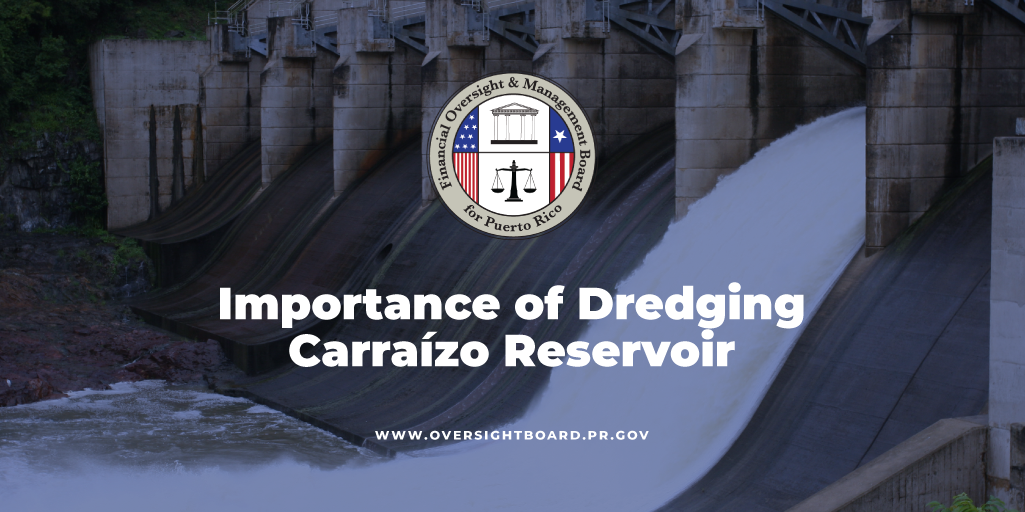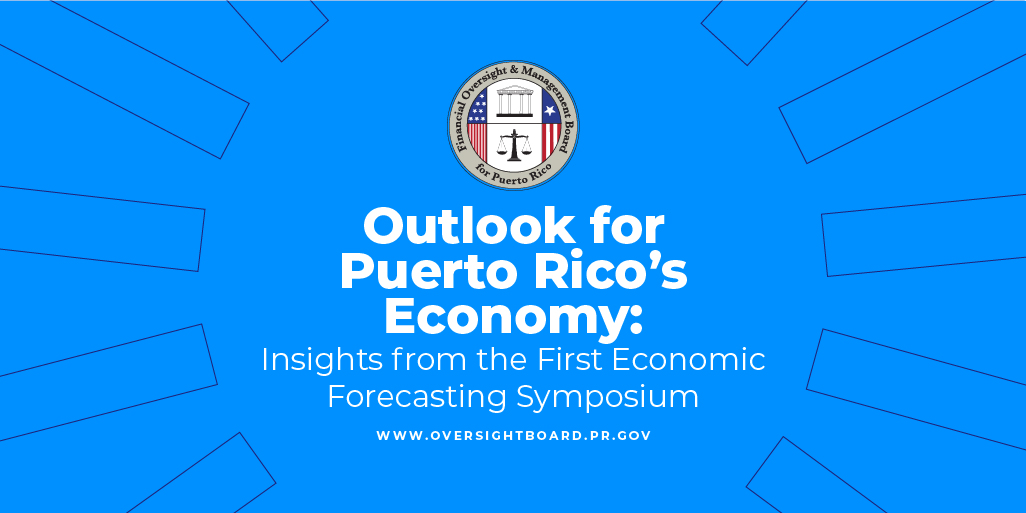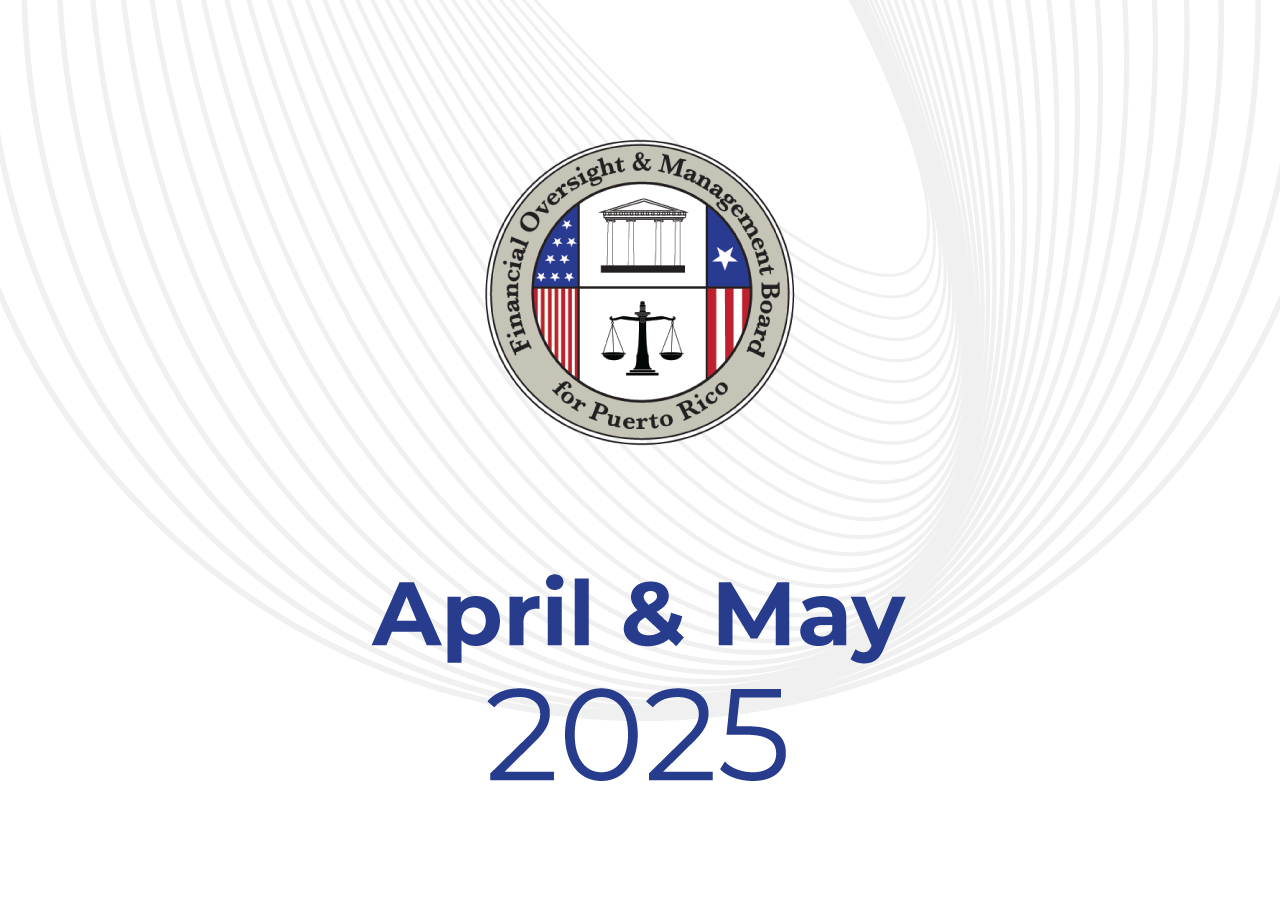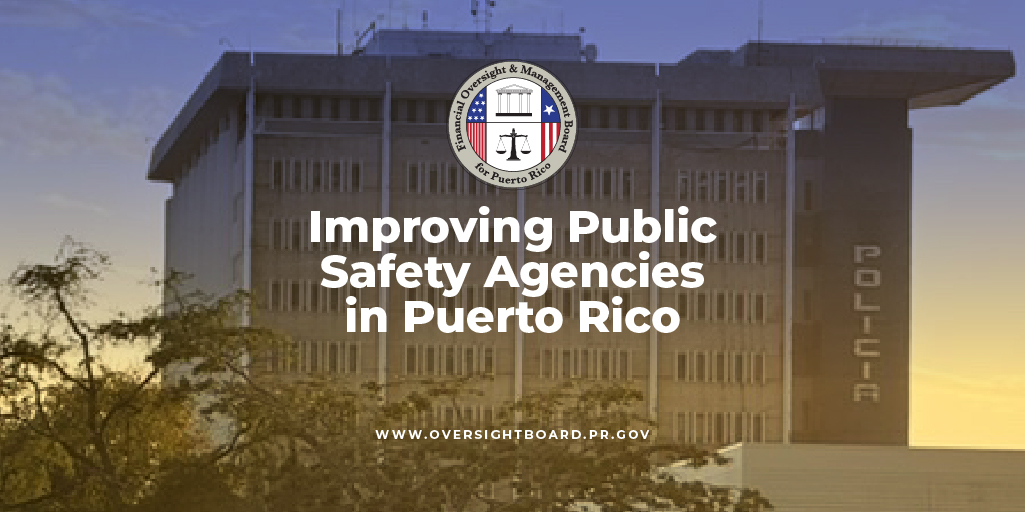Years of accumulated sediment have decreased the Carraízo Reservoir’s capacity by two million cubic meters. Now the Puerto Rico Aqueduct and Sewer Authority (PRASA) is starting a project to remove sediment and improve the reliability of water services for almost half a million families and businesses. The Financial Oversight and Management Board recently approved the contract to dredge and make the much-needed repairs.
The $93 million investment is expected to increase the reservoir’s capacity by approximately 528 million gallons of water. This is equivalent to adding about five to 10 days of supply of water to customers. The project was awarded to Great Lakes Dredge & Dock Co., based in Houston, TX, a company that already completed several projects in Puerto Rico since the 1960s. It will be financed with federal funds from the Federal Emergency Management Agency (FEMA) and the Community Development Block Grant Disaster Recovery program (CDBG-DR).
This is an important project for PRASA. The reservoir, located in the Río Grande de Loíza, is the largest source of drinking water supply for the San Juan metro area. Carraízo was built in 1953. However, it has not been fully dredged in 25 years. (A smaller shoreline dredge was done in 2015.)
Normally, Carraízo delivers approximately 90 million gallons of water daily to the Sergio Cuevas water filter plant in Trujillo Alto. The three-year project will benefit almost half a million families in the San Juan metro by providing more reliable water services. Sediment accumulates naturally, which is why PRASA will need to implement continuous efforts to improve its reservoir management strategies to conserve water, a precious natural resource.
These efforts include upstream sediment and erosion control measures that will extend the life of the dredging work and help to forestall future dredging, as the sediment released into Carraízo will be slowed. At the same time, PRASA must accelerate repairs to minimize leakages in the downstream water distribution system, as the utility estimates that 65% of the water that it treats is lost. Otherwise, most of the additional water supply realized through the dredging project will leak out of the water distribution system and not address Puerto Rico’s water supply challenges.





